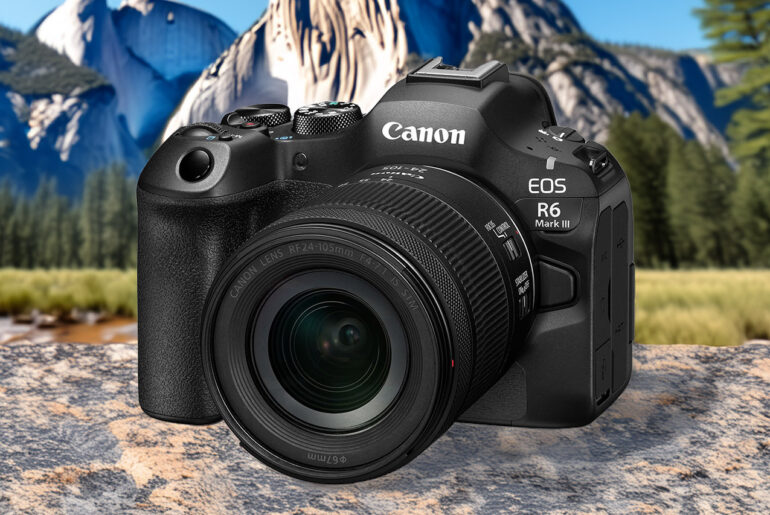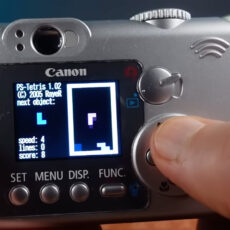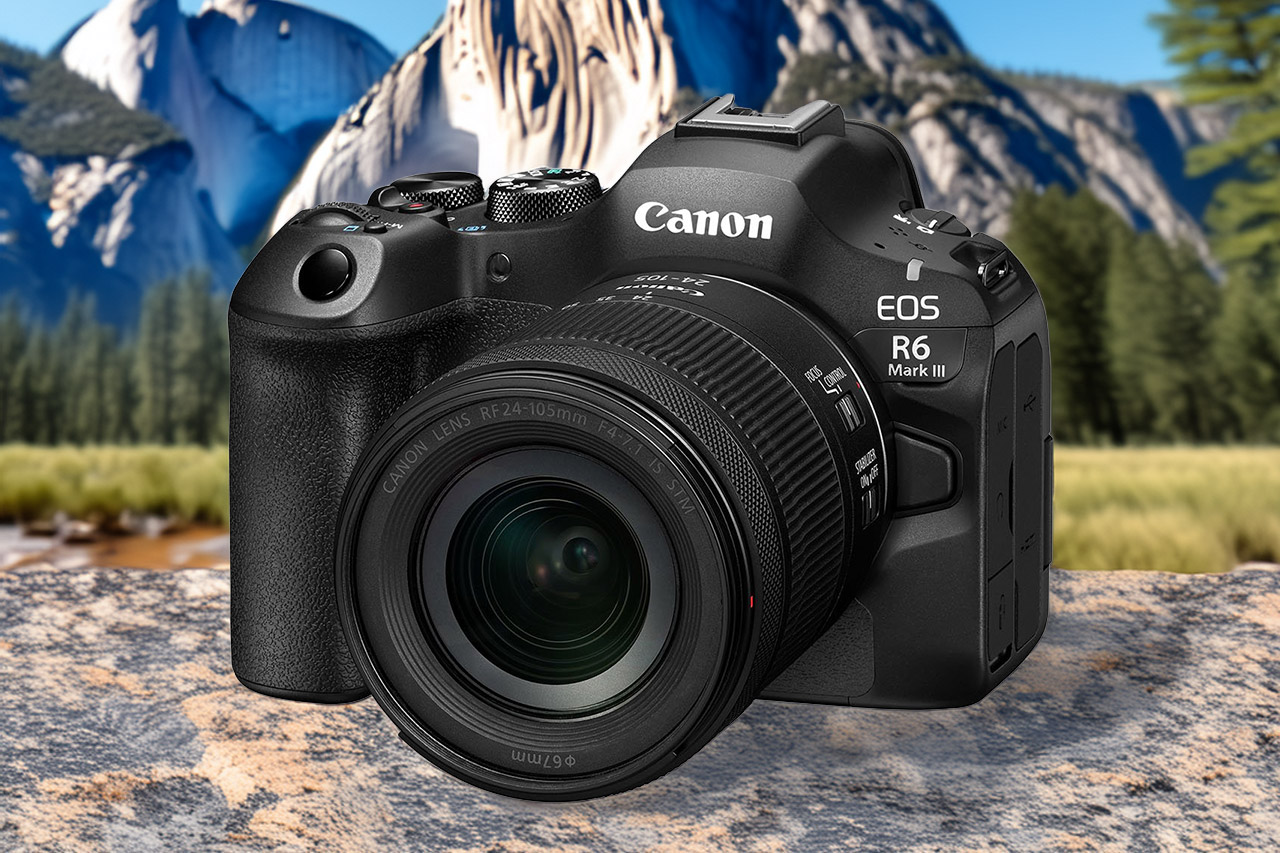
A calm stadium is bathed in morning light as a sprinter bursts out of the blocks. Canon’s EOS R6 Mark III quickly captured the exact moment her foot off the track, with 20 of those images arriving half a second before you even managed to completely push the shutter. Canon has just unveiled a hybrid shooter a camera that just can’t miss.
Pick it up, and the handle feels very familiar – it’s identical to the previous R6 Mark II, but a little heavier at 30 grams and now housing a brand new 32.5-megapixel full-frame sensor. Detail increases by 34% while having no effect on performance. Electronic shutters can still achieve 40 frames per second with full focusing and auto-exposure on every shot. Mechanical shutters continue to operate at 12 frames per second and now offer 500,000 cycles. A CFexpress Type B slot just gobbles up that mountain of data; the buffer gobbles up 150 raw files before it even blinks out. Pre-continuous shooting really steals the show. Half-push the shutter button, and the camera quietly records the final half-second; press it all the way down, and those twenty frames attach to whatever follows next like a magnet.
- 24.1 Megapixel CMOS (APS-C) sensor with is 100–6400 (H: 12800)
- Built-in Wi-Fi and NFC technology
- 9-Point AF system and AI Servo AF
Autofocus is powered by the same brains as the R1 flagship, with a Dual Pixel CMOS AF that covers the entire frame and adheres to eyes, faces, horses, helicopters, and whatever else you can think of. Despite the surprisingly low light of -6.5 EV, the camera manages to nail focus in a room lighted only by birthday candles.
When combined with an RF lens, stabilization achieves an impressive 8.5 stops in the middle and 7.5 stops on the edges. Hold a 500 mm lens at 1/15 second, and the frame will solidly lock into place. Switch to video & subject-tracking IS maintains the groom perfectly center as the background simply fades into silky bokeh.
The same sensor that powers the $3,899 C50 cinema camera captures 4Kp60 video with 7K oversampling at 4Kp30, enabling you to also record 7K Raw Light at 60p directly to the card. Canon Log 2 and Log 3 are just ready to be used in the menu; the waveform monitor floats on screen, and false color alerts you before blowing any highlights. Finally, a full-size HDMI port replaces that flimsy micro connector; cables now stay nice and neat on set.
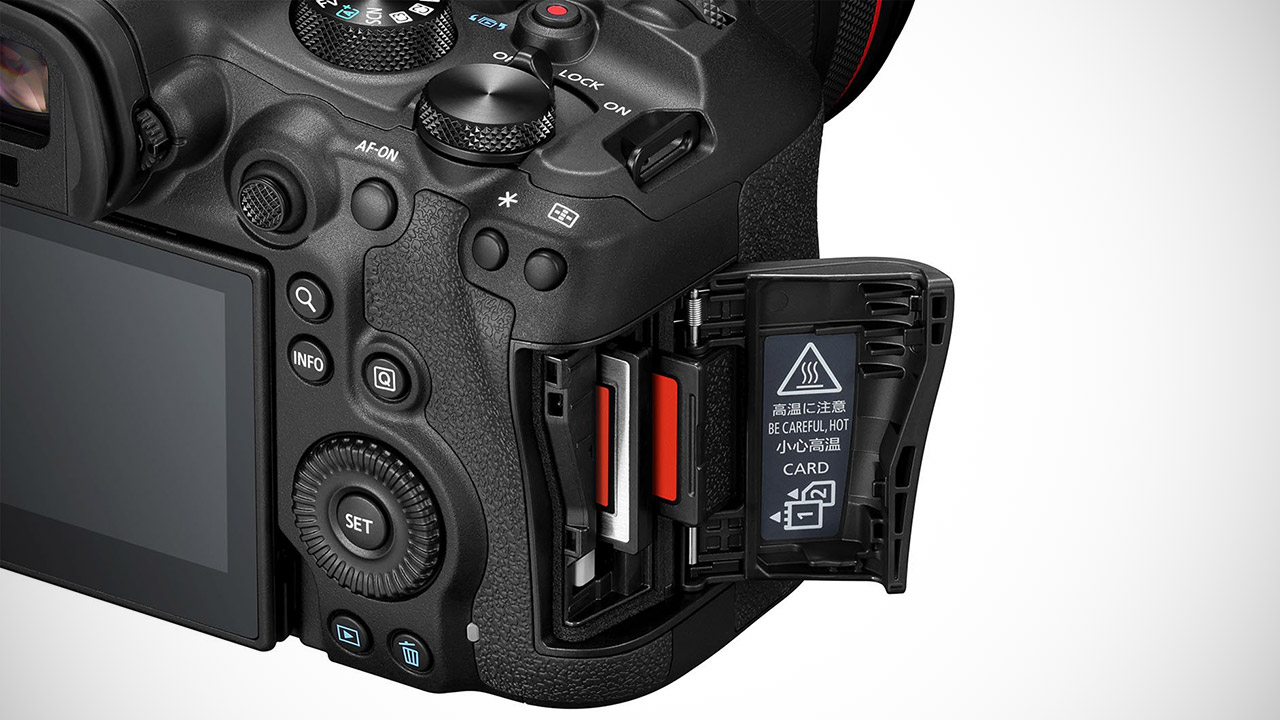
To be fair, heat isn’t an issue; the camera can shoot 7K Raw for 23 minutes at room temperature before asking for a break. Most 4K models run until the card is full or the talent needs a coffee break—about 6 hours at 100 fps. Turn the power-saving option to High, and those harsher modes will last another ten minutes. Dual cards keep workflows sane, as slot one accepts the CFexpress card for speed; slot two eats the UHS-II SD for backups, generating proxies, or simply relaying the primary video and editing on a laptop.
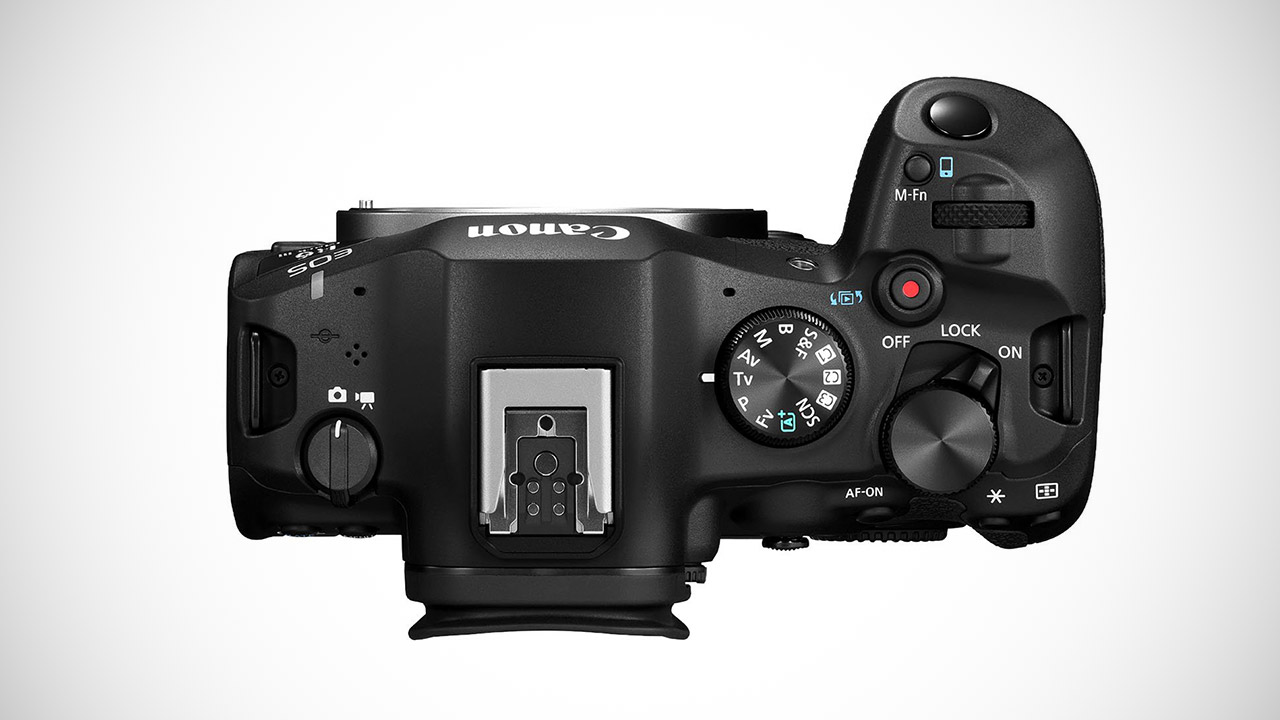
The battery is swapped out with the new LP-E6P pack, and Canon claims you can get 620 shots on the LCD in power-saving mode and 390 shots through the EVF. And, yes, the old LP-E6NH batteries will fit in, but be warned: they throttle back on those high-speed bursts, so bring a fresh P into the bag and forget about running out of power. All of your connections are covered – USB-C can easily push 10 Gbps to a portable SSD, and the 5Ghz Wi-Fi quickly delivers 4K 60p video to your phone or laptop. And if you need to plug in a microphone or headphones, there are 3.5 mm ports conveniently located. The icing on the cake is that you can broadcast live to YouTube in 4K without the need for a capture card, as the camera functions as a webcam.
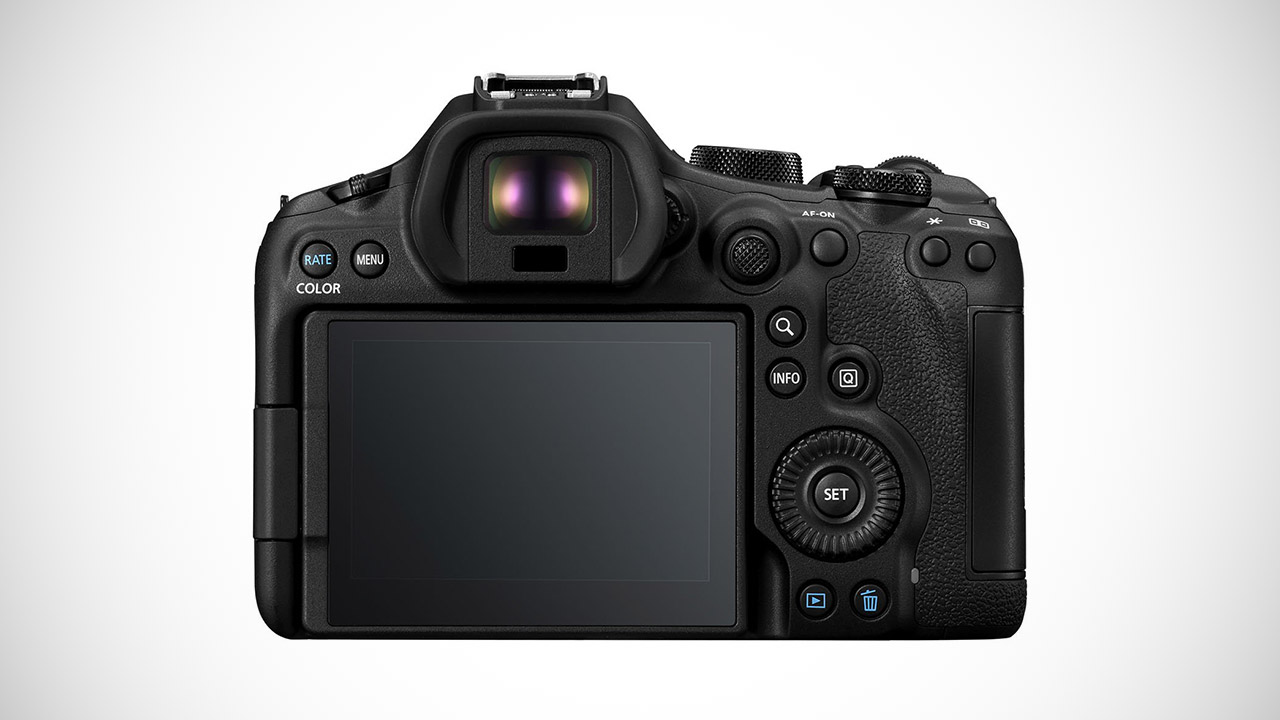
The viewfinder is upgraded to a 3.96-million-dot OLED that refreshes 120 times per second, and the 3 inch touchscreen is introduced, with menus that feel lightning fast. And, while the magnesium alloy is water and dust resistant, it is not completely sealed, so dust and water will still enter during heavy rain. The body measures 5.45 × 3.87 × 3.48 inches and weighs 609 grams, or approximately a pound and a quarter.
The price point is exactly what you’d expect for a camera like this: a whopping $2,799 for the body alone. If you wish to add a professional 24-105 mm f/4 L lens, it costs $4,049 – or $3,149 for the slightly lighter 24-105 mm f/4-7.1. Online pre-orders began this morning, and the delivery trucks should be rolling out the cameras just before Thanksgiving.
[Source]

